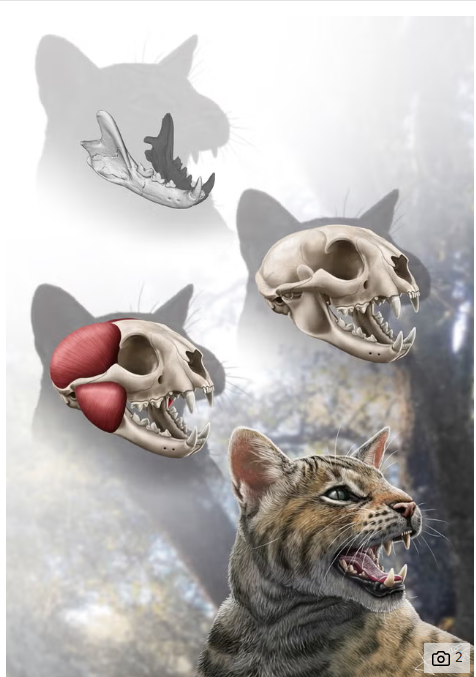Scientists found a new kind of ancient cat in Spain. This cat lived around 15.5 million years ago. It’s called Magerifelis peignei. It was small and hunted like the modern Iberian lynx, using bites to the throat to catch medium-sized prey. They discovered this new cat from fossils found in 2007 near Madrid.
Scientists found really well-preserved parts of the jawbones and all the teeth (except the incisors) of the ancient cat. They said, “The specimen looks very good. We can see the full jawbone and all the teeth except the front ones.” They published this study last week in the Journal of Vertebrate Paleontology.
“The sample is in really good condition. It has almost all the teeth and jawbone parts, making it one of the best-preserved fossils of early cats we’ve found so far,” researchers said. This cat lived in the Middle Miocene era, about 15.5 million years ago. Scientists think it had a powerful bite for hunting.

Scientists noticed that this cat had some unique features compared to other cats from its time. These included a smaller second lower molar tooth (m2) and a relatively smaller lower canine tooth.
Among modern-day felines, researchers say the presence of m2 has been only observed in the Eurasian lynx found across Northern, Central, and Eastern Europe to Siberia, Central Asia, the Tibetan Plateau, as well as the Himalayas.
However, they say the presence of this tooth in currently existing cat species is generally a “very infrequent feature.”
The latest findings, researchers say, increase understanding of the diversity and evolution of cats during this period of prehistoric Europe.


